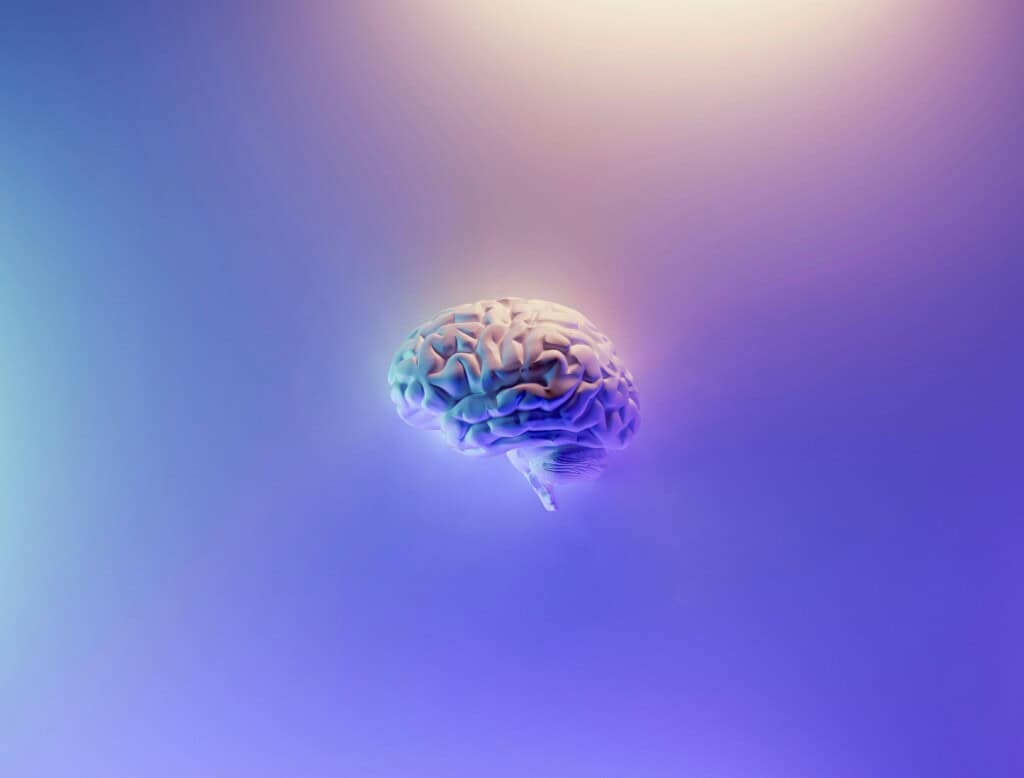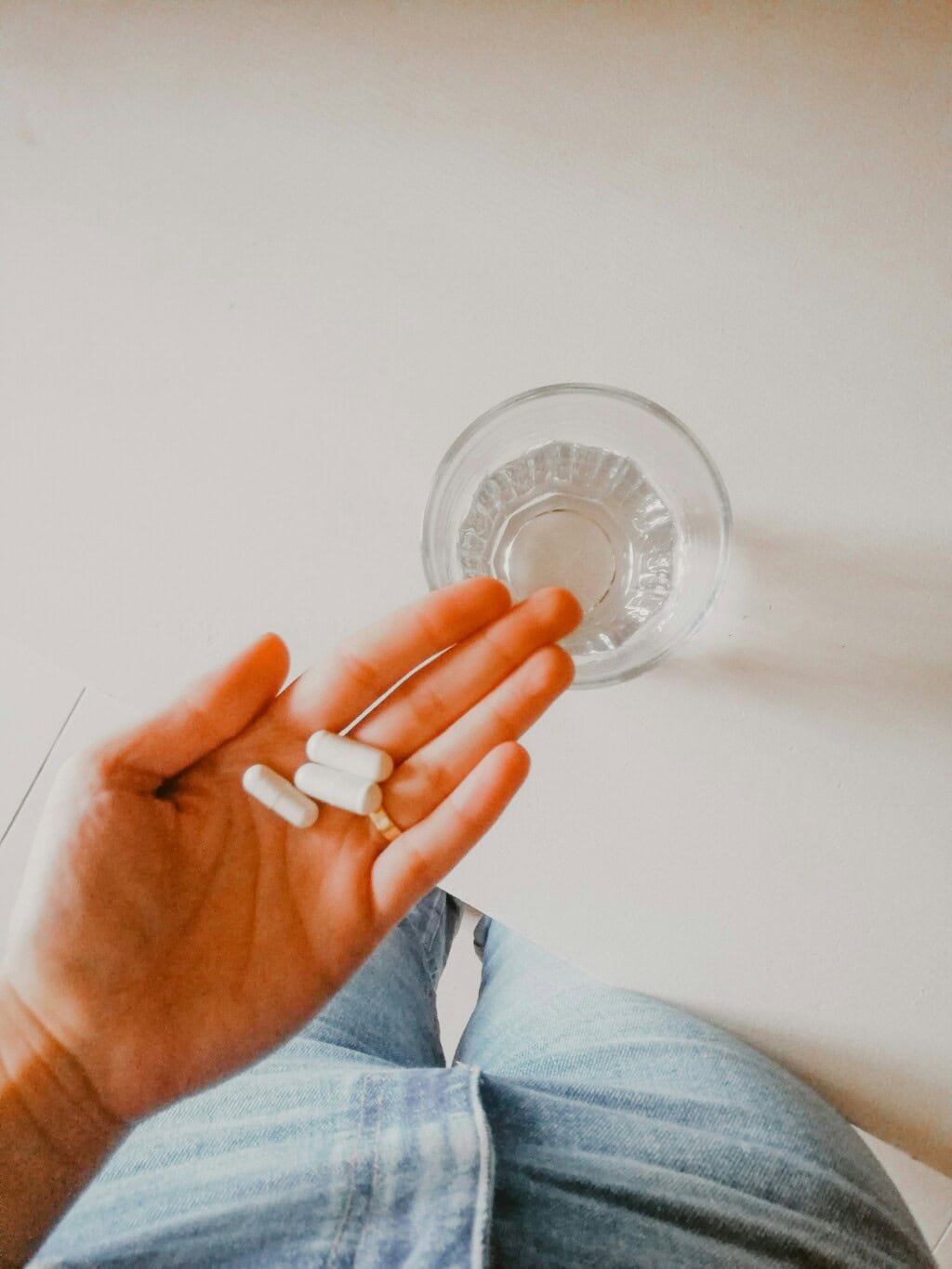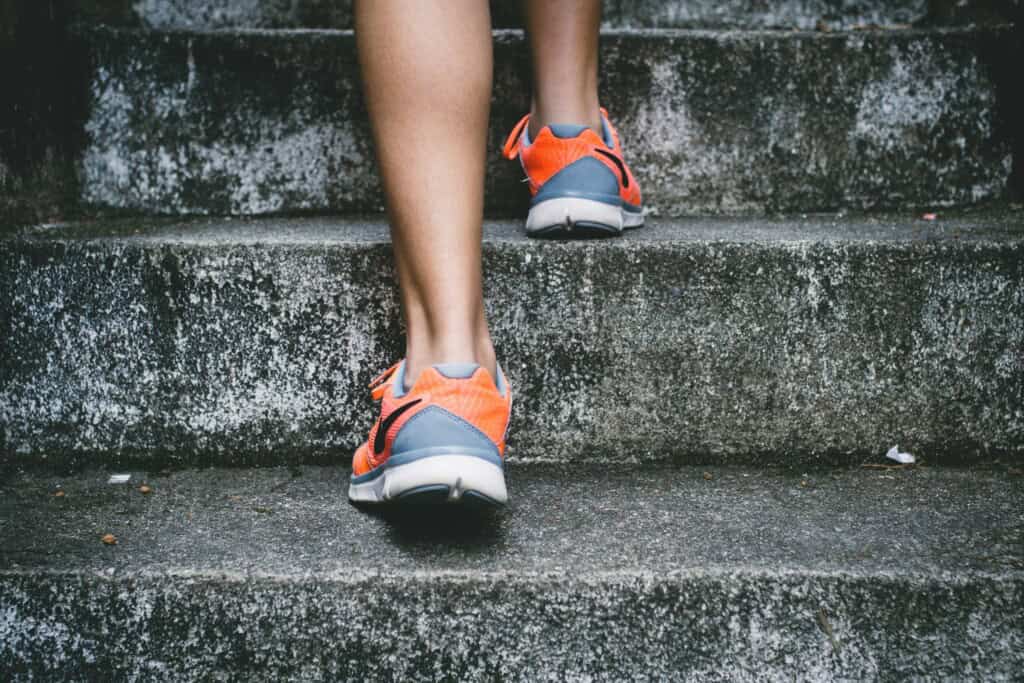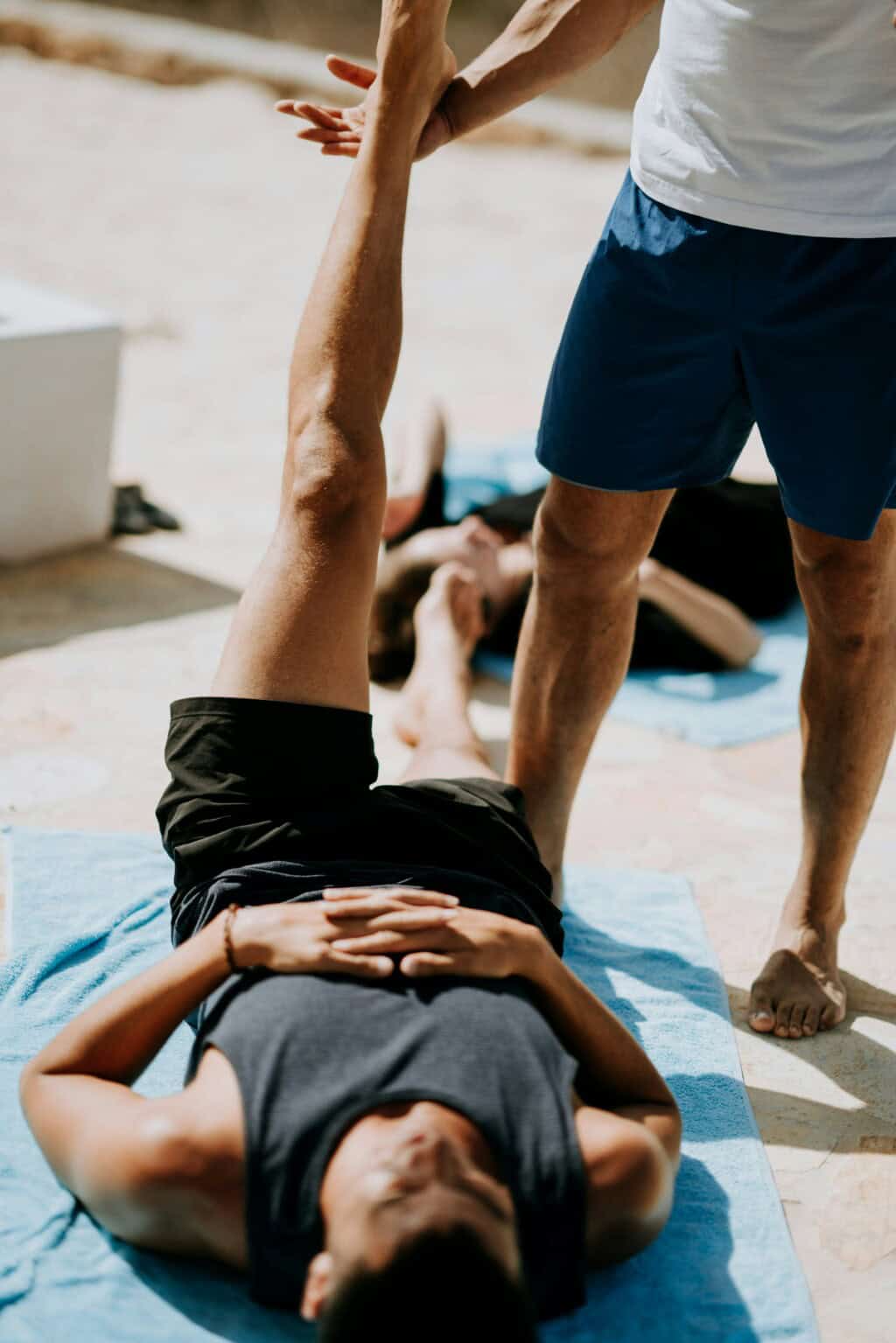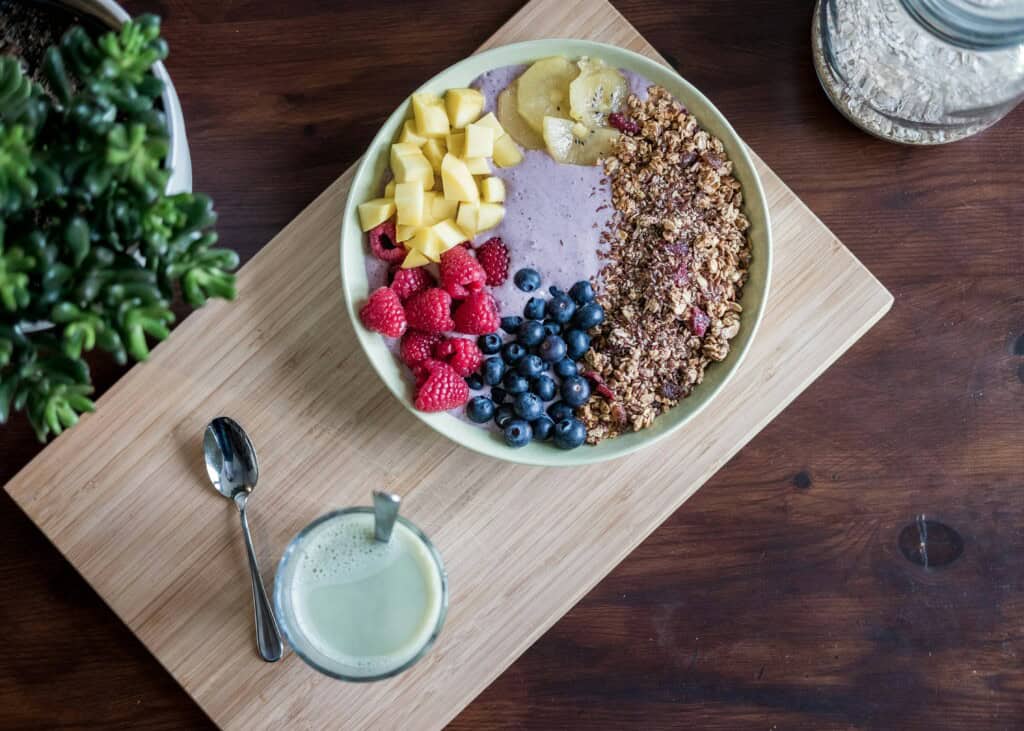As you probably know, fasting is an archaic but still used term that refers to going without food for a period of time.
Intermittent fasting is a strategy of limiting food intake to a fairly narrow period of the day and fasting the rest of the day. The end goal is usually weight loss.
The thinking behind intermittent fasting is sound. If you have the discipline to not eat calories during a large part of the day, you will likely eat fewer calories over the course of the full day.
While intermittent fasting seems like a reasonable way to approach weight loss, studies have shown mixed results. This is more complicated than it appears. For example, limiting all food to a narrow range of the day could overly spike blood sugar during that period of the day, leading to the production of more fat.
However, new studies have produced strong evidence that intermittent fasting is not only effective in weight management but beneficial in other ways as well.
Johns Hopkins neuroscientist Mark Mattson documents these benefits:
- Improved thinking and memory
- Improved heart health
- Improved physical performance
- Lower risk of diabetes
- Lower risk of obesity
- Improved tissue health
How does intermittent fasting compare to traditional calorie counting as a weight management technique? Here is a study that suggests it may be superior.
To be very honest, I am still not completely convinced, and more research is probably warranted. But in the meantime, if intermittent fasting feels natural for you and is a weight management strategy that helps you limit food intake, current science is in your corner.
Photo by Rachael Gorjestani on Unsplash


